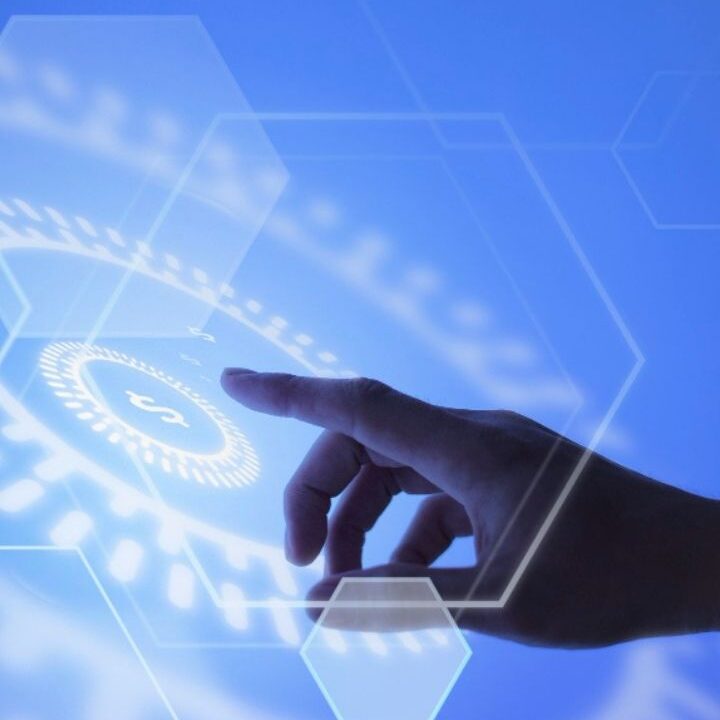3D ASSETS Early Movers
AR technology from ARKit and ARCore has promoted the use of 3D content in a lot of companies. One example is furniture stores, where people can have an augmented reality visualization and see how models look “in their space” before buying.
More and more & activity is happening with companies such as DAQRI, which are focusing on 3D content. This means that it’s becoming more available across industries such as furniture and apparel:
- L’Oréal entered the AR market by acquiring ModiFace in 2018
- Gap and Walmart’s moves to buy these different companies in 2021 signaled a steady growth in the use of 3D try-on technology.
- Nike acquired startup RTFKT in 2021 to create digital sneakers that could be used inside of the metaverse. Nike also partnered with holographic video company Omnivore to offer virtual try-on for items sold on Finish Line’s website.
There are now more third-party platforms that allow individual brands and retailers to create 3D products. This signals that 3D content will be more widely accessible in the near future. For example, Snap, a camera and social media company that acquired Vertebrae in July 2021 plans to offer 3D asset creation as a service to help facilitate the creation of AR shopping experiences. Augmented Reality company Nextech AR Solutions has partnered with Hong Kong-based Shopline, in order to offer their self-service tools to those businesses selling their products on the platform. In January 2021, Shutterstock acquired Turbo-Squid – the leading 3D asset marketplace globally by revenue.
3D assets have been steadily increasing in popularity, not just as a means of visual representation but also as a physical product itself.
Non-fungible tokens, or NFTs, have been receiving a lot of buzz as the enabling technology for digital goods these days. These tokens can prove scarcity and authenticity since users can now claim exclusive ownership of certain digital assets.
While digital goods like character skins & in-game items are at the forefront of the latest innovations in gaming, they are generally restricted to that platform and don’t use blockchain technology. However, blockchain has a lot to offer in terms of NFTs with their inherent limits such as scarcity & ownership. Brands like Ralph Lauren, Gucci, and many others have moved away from developing digital collections on Roblox.
As we become more reliant on technology, selling products on the platform this offers becomes increasingly desirable. There are huge fiscal benefits for both brands and retailers of going “direct-to-avatar” (D2A).
SUGGESTIONS
- Enhanced content will make it more difficult to do assortment planning & product development. But the next-generation virtual try-on helps promote on-demand clothing-making and personalized products. Virtual goods are also free of packaging, physical space constraints, and supply chains. This might lead to totally new product creation approaches: in the future, companies may collaborate directly with users-turned-creators (like the 1.3 million Roblox developers) who have the necessary skill sets to create these things.
- Integrations with voice and gesture controls will be necessary. Gestures like swiping or tapping can be frustrating when interacting with 3D images. Enhanced voice and gesture tools will heavily improve virtual try-on technology. Features such as comparing products, switching looks, or getting recommendations without touching a device will all be possible.
- AR and VR technology will make product pages feel as immersive as possible. Customers will see customized content like holograms and will be able to envision how products may fit using 3D models of themselves.
- Be transparent about how your data will be used in the future and make sure that you have privacy measures in place. You should also be upfront with consumers about the kind of information you’re collecting & planning to use under GDPR. We’re sorry to hear about the experience you had with our eyewear virtual try-on tool. Please find below a summary of what happened and how we’ve taken measures to ensure it doesn’t happen again.




